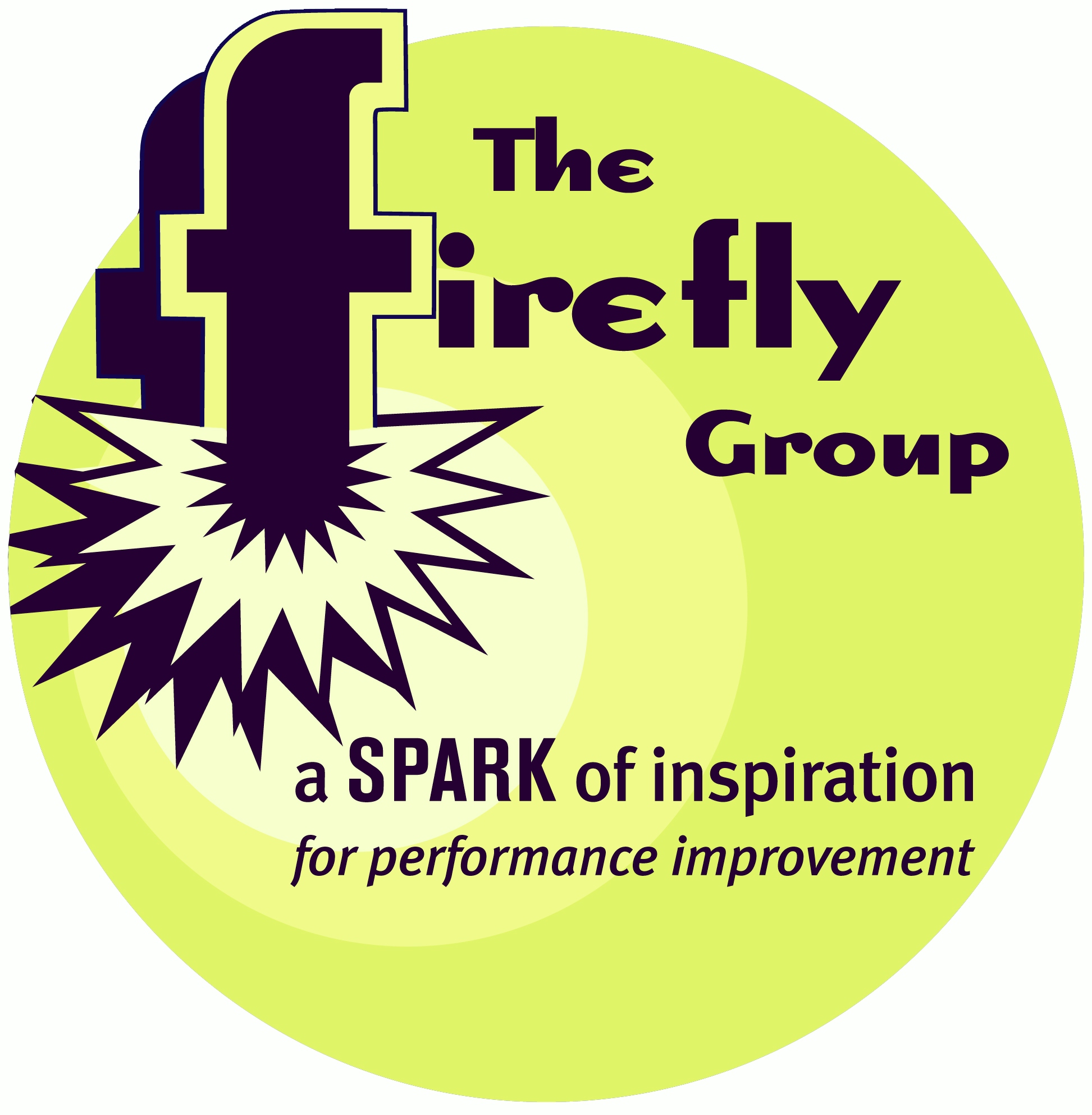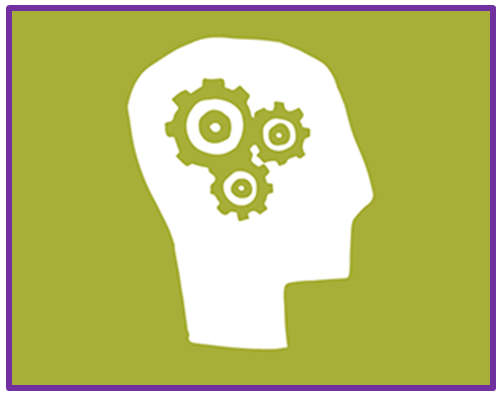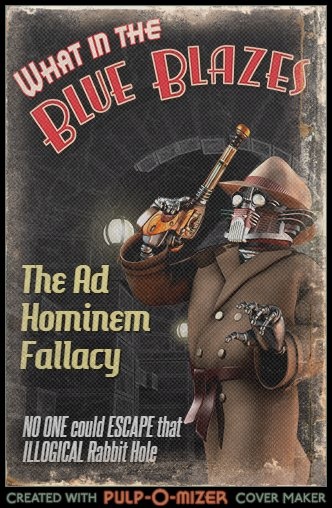

What's New

Words of Wisdom
52
cards and 15 activities to spark conversations and make sense of learning.
Learn more HERE.
What We Do
The Firefly Group helps people make sense of what they learn and experience.
Whether facilitating a group for better decision-making, keynoting a conference, leading a training, or writing an instructional design, we use novel methods that engage, spark creativity, and produce memorable results.
 If
this sounds like a good direction for your organization, let's talk about
how we might collaborate! Please give me a call (802.257.7247) or send an
. - Brian
If
this sounds like a good direction for your organization, let's talk about
how we might collaborate! Please give me a call (802.257.7247) or send an
. - Brian
 Your ETR (Estimated Time to Read): 10 minutes Your ETII (Estimated Time to Implement Ideas): 5 weeks |
What
can you teach with a eight washers tethered to a string?
Watch my video in the Activity below and find out!
June
2017
|
Say
It Quick |
Discoveries bits of serendipity to inspire and motivate |
Ideas fuel for your own continuous learning |
Activities tips and tricks you can try today |
|
Engagement - What happens when you stop thinking |
Why We Don't Ask Questions - The problem with critical thinking |
Is It True? - The problem with critical thinking |
Frame Your Thoughts - Demonstrate the difficulty of critical thinking |
Why We Don't Ask Questions - The problem with critical thinking
It seems obvious that critical thinking should be the norm in every organization. Yet there are plenty of instances every day when a measured approach to problem solving and decision making could be used. Learn some of the reasons we don't always use critical thinking, become more aware of a common logical fallacy, and demonstrate the hard-wired barriers that block a more thoughtful approach to making an argument.
Read the details in this issue of the Firefly News Flash beginning with this 99-Word Story about what happens when you stop thinking.
Engagement
Austin, the veteran cashier at the Price Chopper grocery store, casually slid each item across the laser scanner. As he did, he recited an obviously well-rehearsed script, "Do you have a savings card?" Mine was already on the counter in front of him. "Do you want paper or plastic?" I was busy packing items into my own shopping bag. "Will that be cash or credit?" The credit card machine had beeped its approval of my purchase moments ago.Like the conveyor belt and the scanner, Austin was on autopilot. Make work foolproof and people might forget to think.
 Why
We Don't Ask Questions:
Why
We Don't Ask Questions:
The Problem with Critical Thinking
The outcome of the recent presidential election in France suddenly became
questionable when candidate Emmanuel Macron's email was hacked and hundreds
of his personal messages flooded the Internet. The last minute security breech
a day before the election was meant to cast doubt on his campaign and swing
the vote to his opponent, Marine Le Pen.
Just as disturbing as the release of private information was the revelation that the perpetrators inserted fabricated documents along with the real ones. Who could tell what the truth was?
With deliberately distorted reports, the prevalence of "fake news," and the ability of the Internet to blast misinformation far and wide, the importance of critical thinking has never been greater. For anyone interested in the study of logic and common fallacies, there are daily examples.
But why is it that we don't think more critically? Perhaps most of us already believe we reason nonjudgmentally.
Last week I led a workshop on critical thinking for members of various agencies of the state of Vermont. The group identified several reasons we may not think critically:
To this list we could also add boredom, as demonstrated by Austin in the 99-Word Story in this issue!
Critical thinking gives us an opportunity to find the best solutions, interact with others fairly, make better decisions, and consider the long-term or second-order consequences of our actions. Becoming aware of the challenges to critical thinking is an important first step in avoiding the fallacies that lead to faulty logic.
 Is
It True?
Is
It True?
It's one thing to identify why we don't think critically. It's another to
actually raise questions in order to discern the truth.
One reason we don't question the reasoning of someone is that we may not be familiar with some of the more common fallacies used in faulty arguments. One fallacy which has been prevalent in U.S. politics, especially in the past 24 months, is the ad hominem argument.
Ad hominem literally means "about the man." It is an argument in which you attack the character of the other person instead of addressing their argument. It raises questions about the trustworthiness or credibility of the individual who made the statement rather than raising questions about the logic of their point of view or the truth of their evidence.
Here is an example of an ad hominem argument from the website Your Logical Fallacy Is:
"After Sally presents an eloquent and compelling case for a more equitable taxation system, Sam asks the audience whether we should believe anything from a woman who isn't married, was once arrested, and smells a bit weird."
And here is another example from the Purdue Online Writing Lab: https://owl.english.purdue.edu/owl/resource/659/03/
"Green Peace's strategies aren't effective because they are all dirty, lazy hippies."
The Purdue website goes on to explain, "In this example, the author doesn't even name particular strategies Green Peace has suggested, much less evaluate those strategies on their merits. Instead, the author attacks the characters of the individuals in the group."
The ad hominem argument is only one of hundreds of types of logical fallacies. You can learn about the most common at the Purdue site. And "Your Logical Fallacy Is" is an especially entertaining way to become more familiar with a variety of fallacies. You don't need to be a tenured philosopher to become more circumspect about what you read in the media or hear from your friends. Start with one or two fallacies and look for examples in the news or at the coffee bar. And when you find them, please share with me!
Logical thinking is not the only strategy of a critical thinker. One must also consider the source of information, weigh its credibility, and ask meaningful questions to determine whether something is true. But being more aware of common logical fallacies at least gives us clues about when we should raise questions and how to guide a conversation back to the essence of the issue.
More Information:
Your Logical Fallacy Is
https://yourlogicalfallacyis.com/Purdue Online Writing Lab
https://owl.english.purdue.edu/owl/resource/659/03/
Frame Your
Thoughts
You can engage your group in a conversation about why we don't think critically
with this quick activity.
Frame Your Thoughts
Materials: One sheet of newspaper for every four participants
Time: 15 minutes
Number of Participants: Any size groupProcedure: Distribute a quarter sheet of a newspaper page to each person. Ask people to tear a small hole in the middle of their paper the diameter of a quarter. Invite them to close one eye and hold the paper right up to their other eye and fix their gaze on a distant object. Ask a few people to describe what they see.
Now ask everyone to slowly move the paper out to arm's length while still looking at the same object with one eye. Ask for descriptions of what people see. How has what they are able to see changed?
Use your own words to point out that this is similar to our visual perception. Our eyes record a lot more data (what can be seen with the paper hole close to the eye) than reaches our conscious brain (viewing the same object with the paper hole far from the eye).
Our subconscious brain filters out a lot of the visual data just as the paper restricts what we can see in this experiment. The difference is that our subconscious not only limits the data but also adds in emotions, memories, values, cultural perspective, and more.
We are used to the idea that our subconscious regulates bodily functions way below our awareness. But we don't realize how much our subconscious filters and interprets our sensory input - and not just visual. All of our senses!
Even if we do know that our subconscious is busy filtering our sensory data, we quickly become accustomed to the "lens" we have been given. Anyone who wears glasses knows how quickly they can become acclimated to seeing the world through a frame.
Conclude the activity with some discussion questions that will help the group consider ways to be more critical in their thinking.
Discussion:
- What relationship does this activity have to critical thinking?
- What relationship is there between the limits imposed by our subconscious and the challenges to thinking critically?
- What are some of the reasons we don't think critically?
- Typically, people don't mention seeing the edge of the paper hole when it is close to their eye or the sheet of paper and everything around it when the paper is held far away. Why is this? (The facilitator instructed people to look at something through the hole. We naturally focus on a limited amount of the data available to us. Etc.) How is this similar to the challenges of thinking critically?
- What suggestions do you have to help others become better at critical thinking?
- What might you do to think more critically more often?
Please give this activity a trial with your group then your experience!
|
Whether you need a keynote speaker, or help with strategic planning, performance improvement, or training facilitators and trainers in your organization, I look forward to your call (802.380.4360) or . -- Brian |
Read previous
issues. Click Library!
To add or delete your name to our mailing list, email
with a short note in the subject line.
I want this newsletter to be practical, succinct, and thoughtful. If you have suggestions about how I can meet these criteria, please let me know! Send me an with your thoughts and ideas.
Home
| Services | Products
| Mission | Ideas
| The Group | The
Buzz
(c)
2017 The Firefly Group